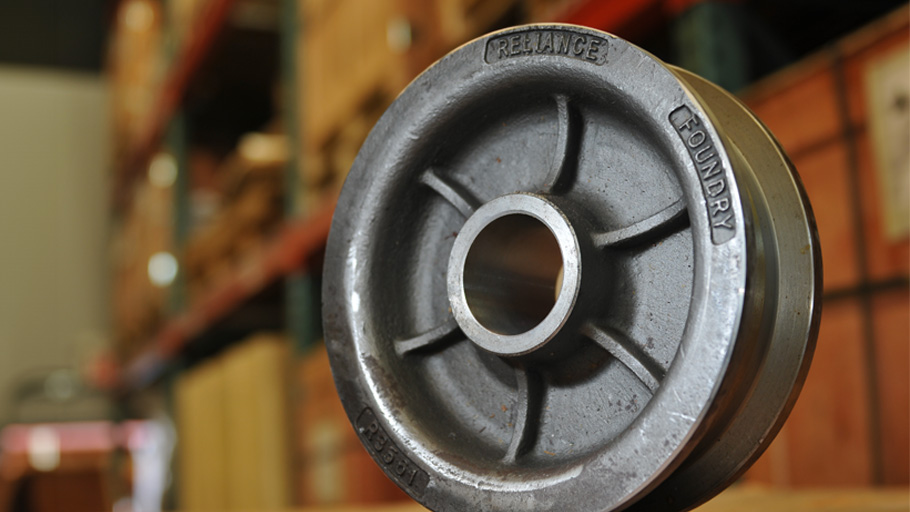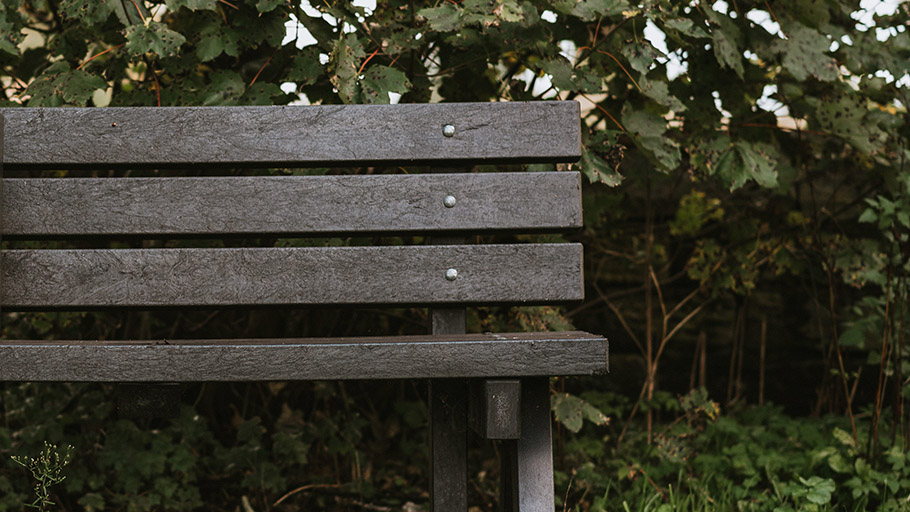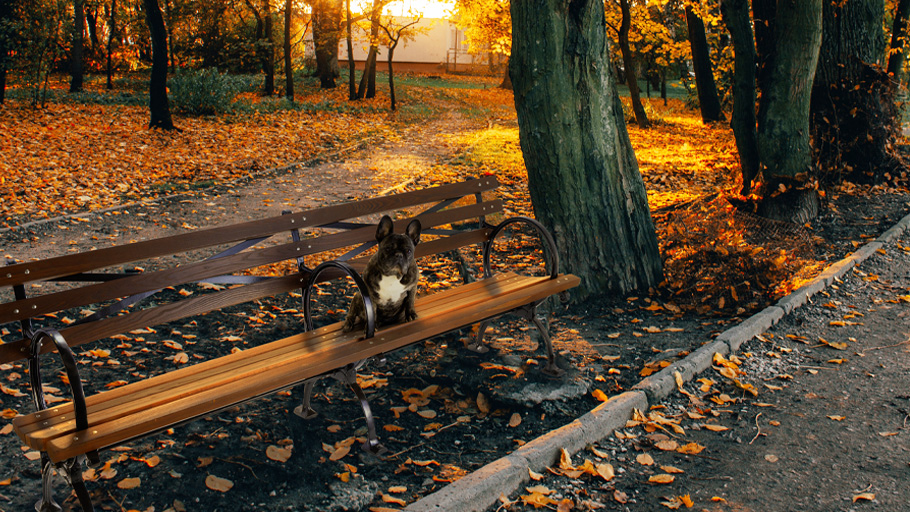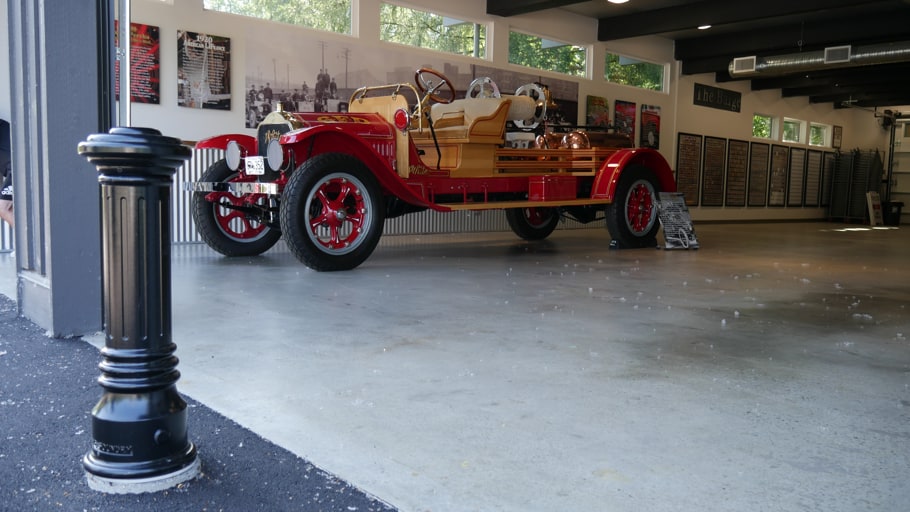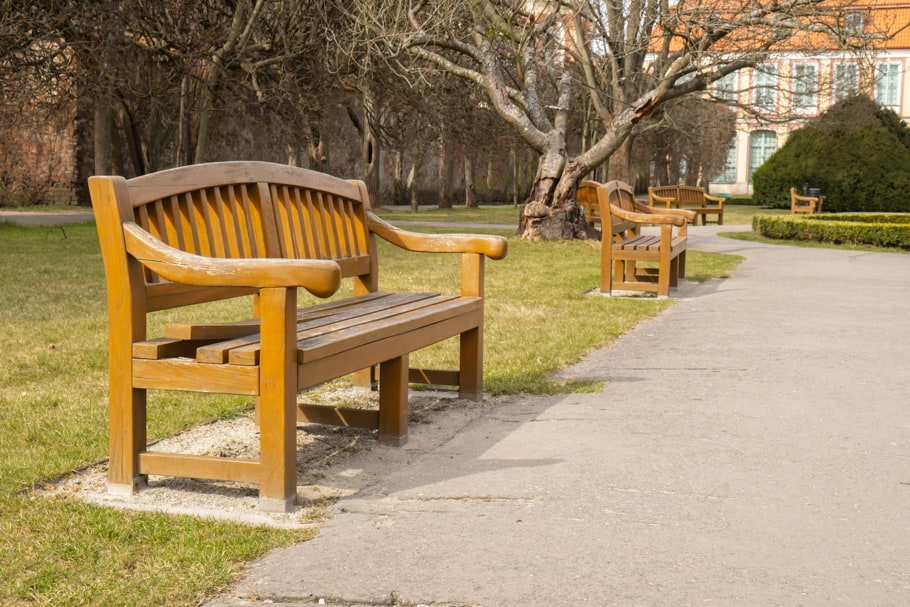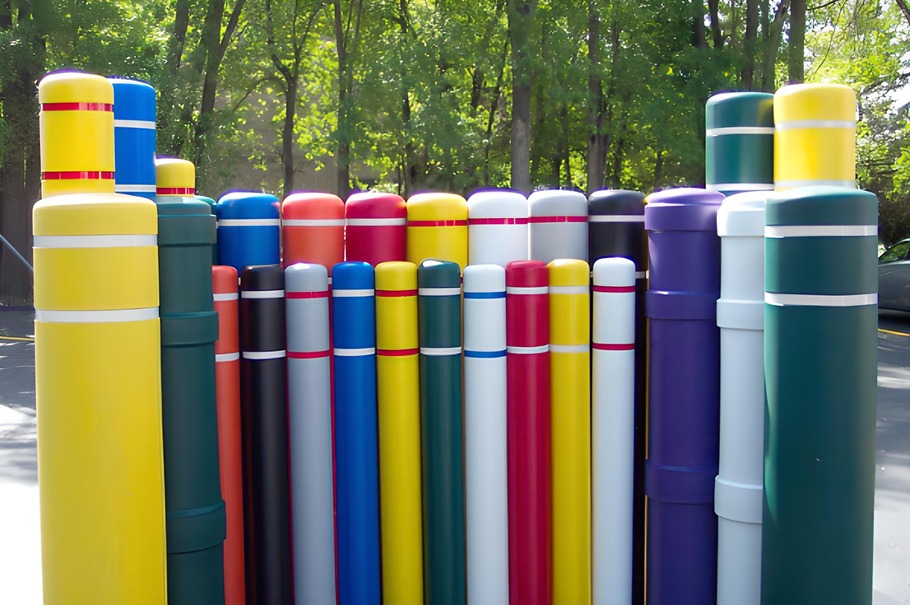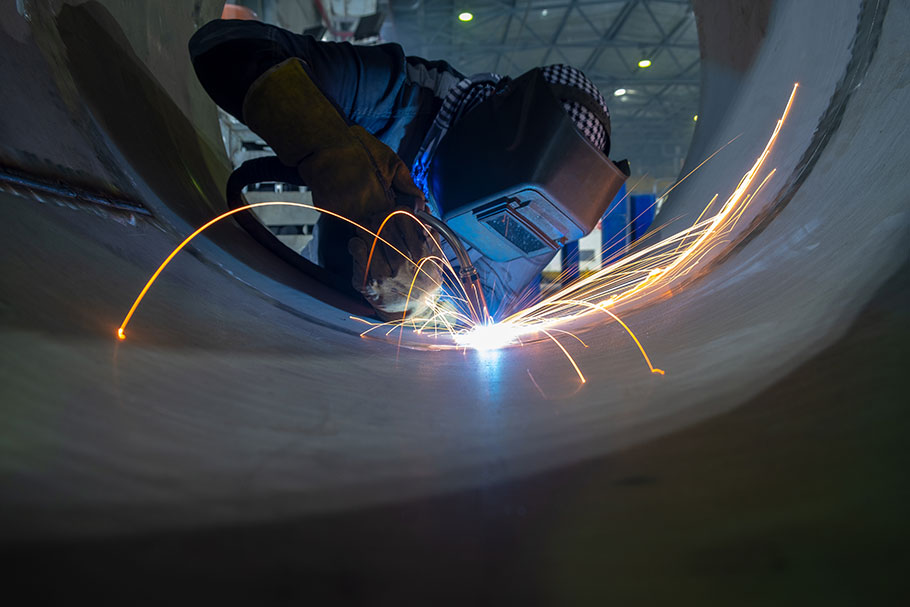The oxidization of aluminum
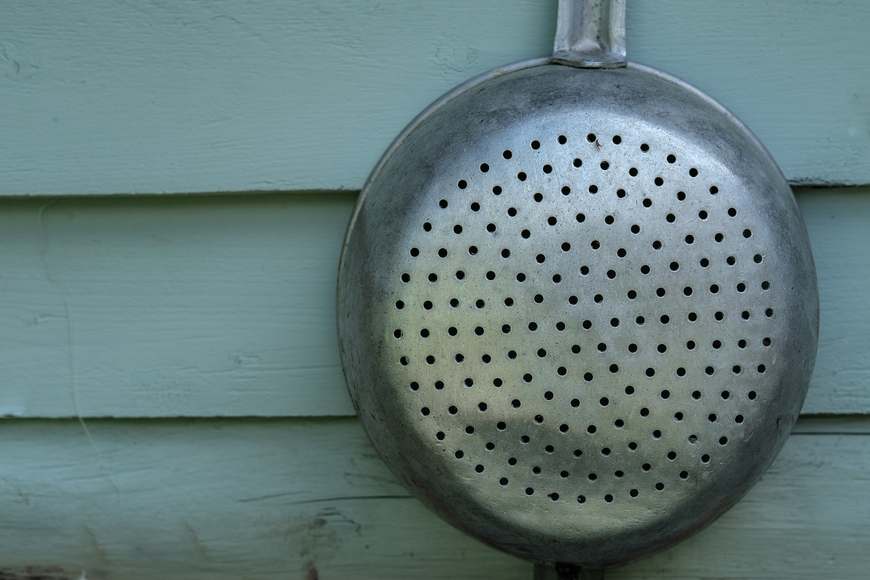
Does aluminum rust? It’s a question we get asked all the time, and the short answer is no, but that doesn’t mean it’s invincible.
Today we’re exploring the differences between rust and aluminum corrosion. We’re going to answer the question, “does aluminum rust” by looking at the differences between rust and aluminum corrosion, examining the different types of corrosion, and finishing with tips to protect your aluminum from degradation.
What is rust?
The term “rust” refers to that reddish-brown flaky stuff that appears on some metal surfaces that are not well protected and are exposed to the elements.
Rust is a chemical reaction of iron and oxygen when exposed to water and moisture in the air. So, if rust happens when you expose a piece of metal to air and moisture over time, does aluminum rust?
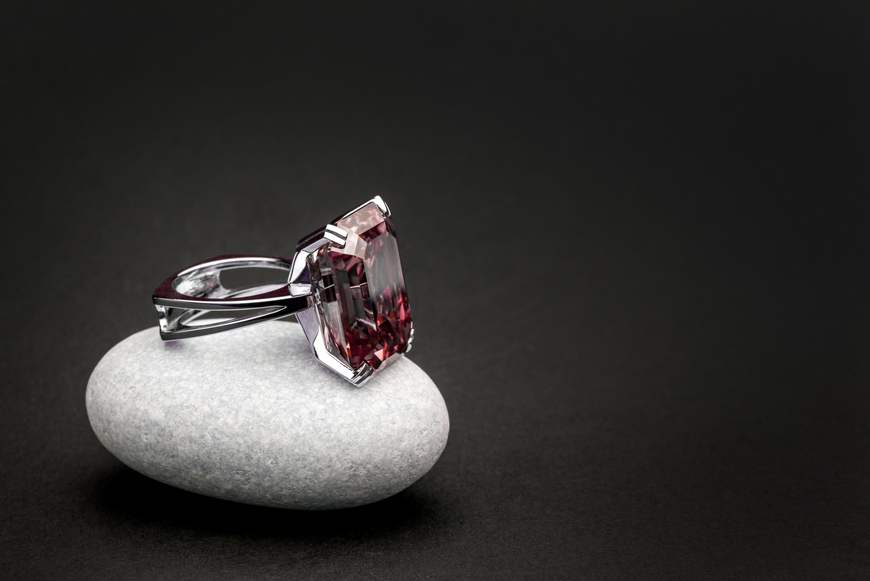
Does aluminum rust?
“Rust” results from the oxidization of iron. Aluminum, technically, cannot rust! But aluminum does oxidize, in a chemical process like the creation of iron oxides. This significantly affects its physical and chemical properties.
Aluminum oxides in nature
Aluminum as a refined metal does not occur in nature. Instead, it is found in aluminum bearing minerals, and most often refined from the rock “bauxite.” Some precious gems, such as rubies and sapphires, are made of an aluminum oxide and colored with trace amounts of other elements.
Aluminum oxides help protect the metal from further corrosion. Unlike rust, aluminum corrosion won’t flake or clean off easily. And, instead of the reddish-brown color typical of rust corrosion, aluminum corrosion appears more powdery-grey, similar to the natural color of aluminum, making it difficult to see.
Here are the different types of aluminum corrosion:
Atmospheric: This is when aluminum corrodes due to exposure to natural elements and is the most common type of corrosion found in this metal. This corrosion is dependent on the amount of moisture in the air, so that’s why aluminum corrosion occurs at different rates around the world. Other atmospheric conditions that contribute to aluminum corrosion include wind speed and direction, temperature, precipitation, pollutants in the air, and proximity to natural water sources (especially saltwater).
Galvanic: This occurs when aluminum is physically connected to a noble metal (ruthenium, rhodium, palladium, osmium, iridium, platinum, gold, or silver) via an electrolyte. The intensity of corrosion is highest at the intersecting points and gradually decreases further away you get from this point. It corrodes faster than atmospheric corrosion.
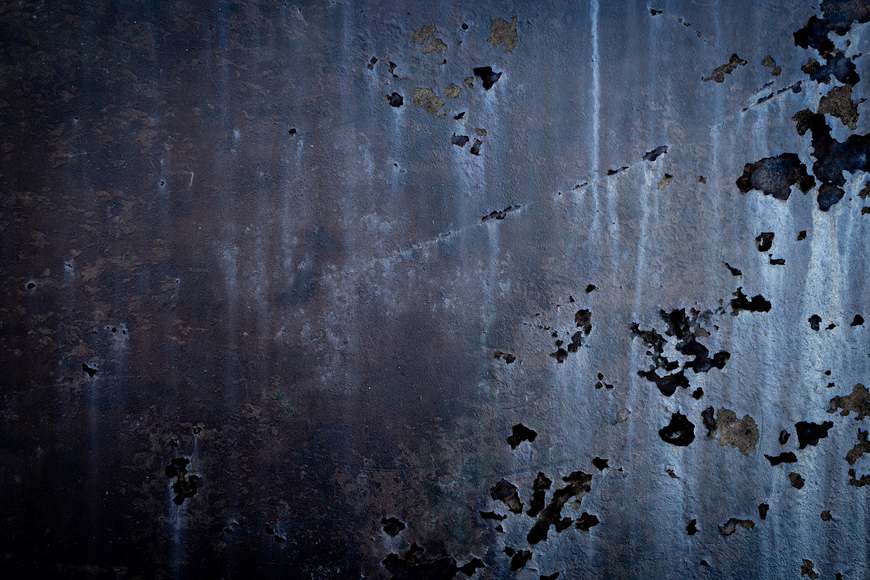
Pitting: When small holes (pits) develop in an aluminum surface, it’s known as pitting corrosion. These pits are common areas where salt (alkaline or acidic) settled and corroded the surface of the metal. These generally don’t cause any structural or strength damage to the metal but can affect its aesthetic.
Intergranular: This type of degradation occurs between the grain boundary and the alloy microstructure when they are electrochemically different. The exchange of microns between these areas causes pitting corrosion and the corrosion spreads rapidly along grain boundaries.
Exfoliation: This corrosion occurs in aluminum with marked directional structures, which is common when the metal has gone through hot or cold rolling processes. The way the corrosion spreads, makes the surface of the aluminum appear to lift (hence the name “exfoliation”). It can cause severe deformation and weakening of the metal. You may also notice pitting, flaking, and blistering on the surface.
General: Corrosion that affects the entire surface evenly is often caused by exposure to highly acidic or alkaline substances. In high and low pH solutions this type of corrosion will not protect the metal underneath. Eventually, it will completely degrade the aluminum.
Deposition: When dissimilar metal is deposited on the aluminum, you get localized corrosion. When the ions on the dissimilar metal are lower than the aluminum, it causes pitting in the aluminum.
Stress corrosion cracking (SCC): This is when an aluminum fails and cracks. For corrosion to happen in the stress cracks, three conditions must exist:
- it needs to be a high-yield alloy,
- the environment must be humid or wet, and
- there must be tensile strength in the material to open the crack.
Erosion: This corrosion is caused by a high-speed water jet on the aluminum. This happens with the right combination of velocity and pH levels in the water. With pure water, corrosion happens slowly, but in water over a pH of 9, the degradation rate increases.
Corrosion fatigue: Metals exposed to prolonged stress can crack. Salty water or moisture needs to be present for the corrosion to occur in the newly formed stress cracks.
Filiform (or wormtrack): This is when corrosion starts as pitting then “worms” across the surface of the metal. The degradation is expedited when exposed to chloride anions or high humidity.
Microbiological induced: This is corrosion caused by microorganisms or fungi. It’s common in fuel and lubrication oil tanks. The organisms consume the oils and excrete an acidic compound that causes corrosion on the aluminum.
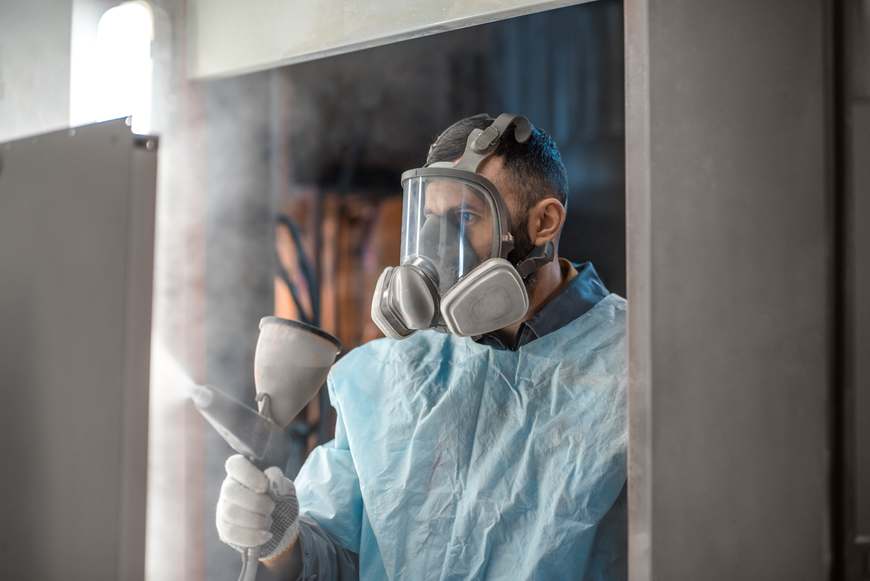
How to protect aluminum from corrosion
So if you think about the answer to the question “does aluminum rust?” the answer is no, but it does corrode if not taken care of. Corroded aluminum weakens the metal over time.
In a mild climate aluminum corrodes very slowly. Atmospheric factors like rain, humidity, acidity, and other chemical stressors make aluminum corrosion more likely. Cleaning and drying can help aluminum that is in regular contact with stressful climates.
As with other metals, a surface finish can help protect aluminum. Clear coats of protectant are available to preserve aluminum’s natural look. Paint, powder coat, or an innovative finish like IronArmor can provide both color options and additional protection.
So now you know the answer to does aluminum rust. Curious and want to learn about aluminum? Read more about the uses and popularity of aluminum coatings and castings.



